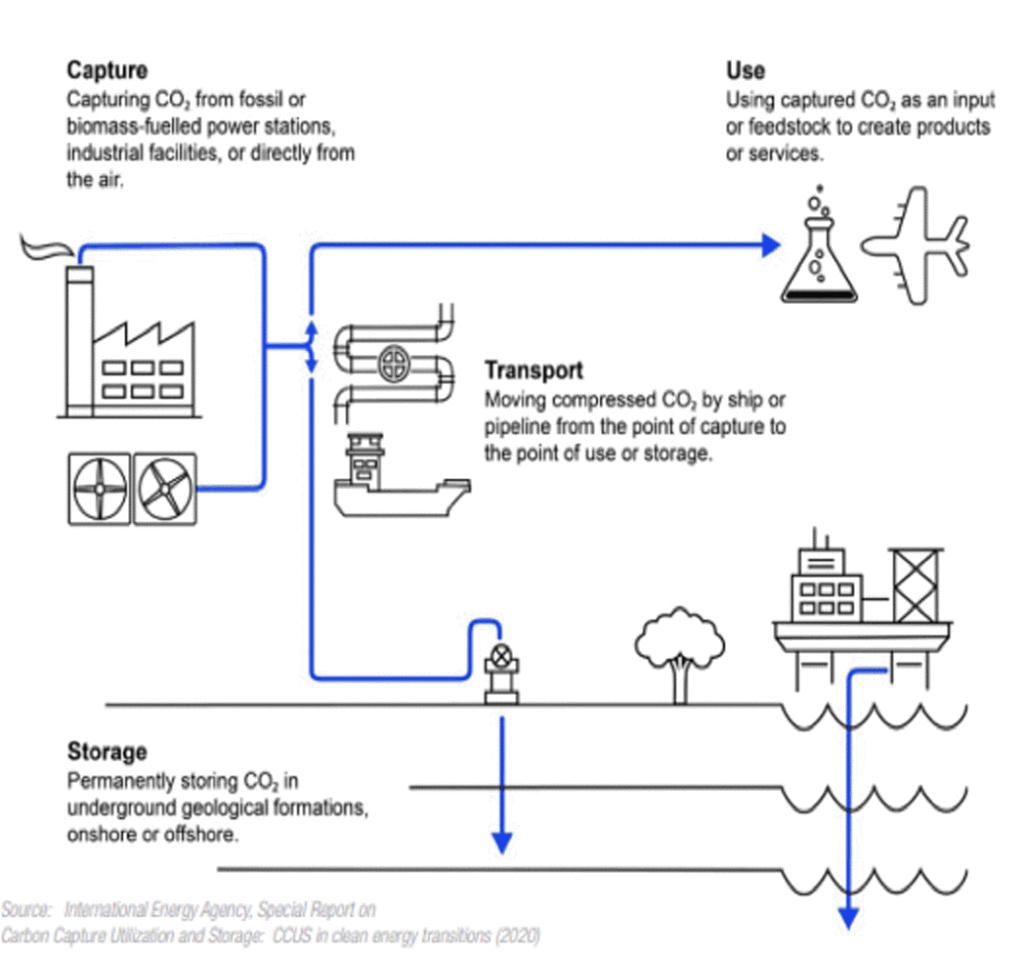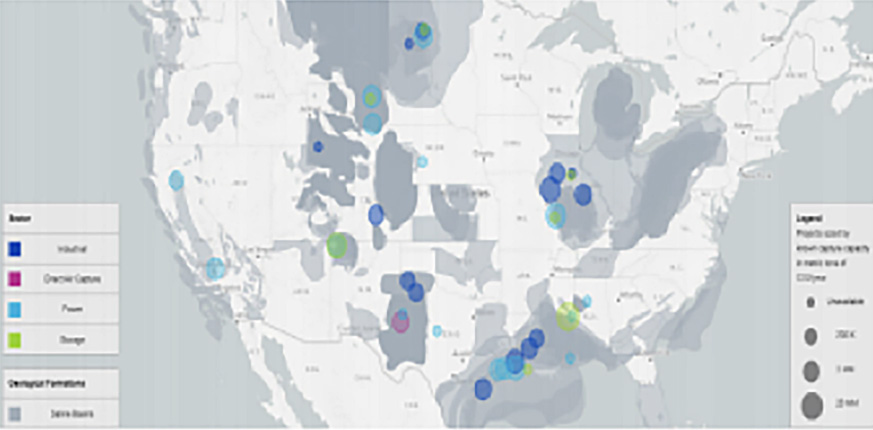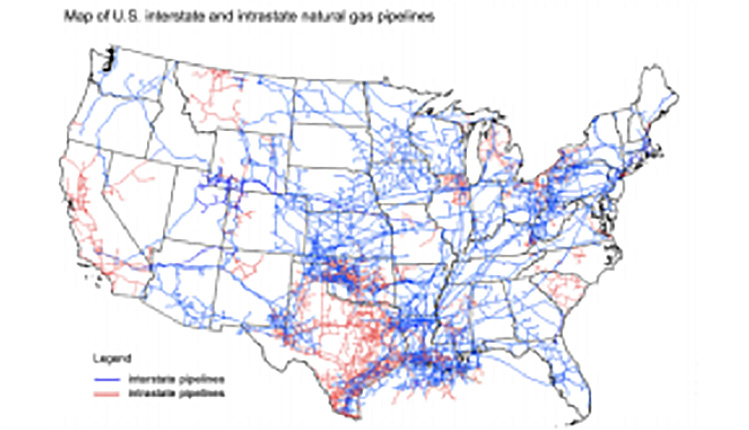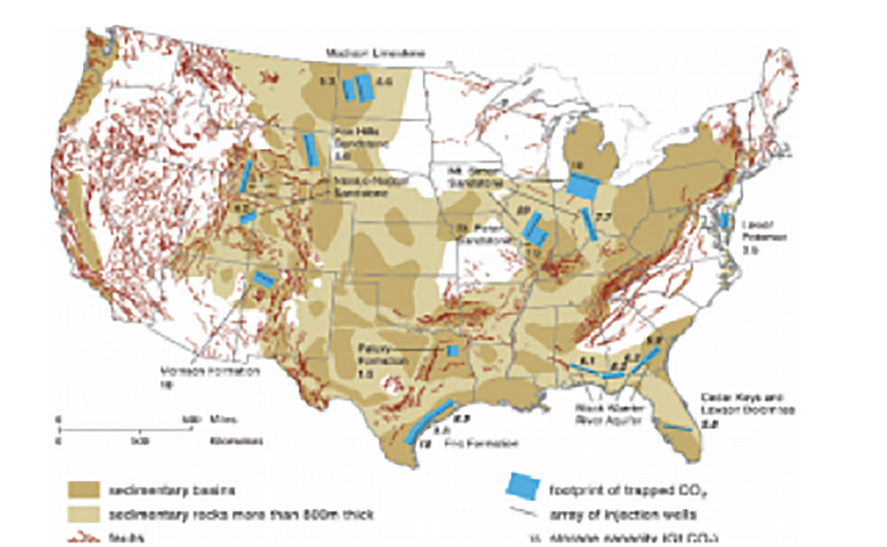Why Do We Need Carbon Capture?
According to international and domestic climate authorities, substantial deployment of carbon capture technologies is required to meet global emissions reduction objectives in the electric power and industrial sectors where fossil fuels will continue to be utilized. CCUS is also necessary to produce low-carbon fuels and will help to maintain and create good-paying jobs.
How do we deploy carbon capture? The Section 45Q tax credit is a game-changing policy that has led to significant investments in CCUS technologies in recent years. The enhancements made to the tax credit in 2022 are sure to spur further investment and commercialization of these technologies. In order to ensure that these investments are realized, these enhancements must be effectively implemented.
Carbon capture is an ecosystem of several distinct processes, all of which are critical to reduce emissions. Capturing carbon dioxide in only one part of the carbon, capture, utilization, and storage (CCUS) equation. Robust policy support is required to enable the entire CCUS ecosystem, including carbon dioxide transport and storage, in order to unlock the substantial environmental benefits that carbon capture can provide.
Any policy designed to reduce emissions of greenhouse gases must recognize the need for CCUS. Policies must also ensure energy consumers continue to have access to secure, low-cost, and accessible — or dispatchable in the case of electricity generation — forms of energy, and be accompanied by a robust and complementary set of incentives to develop and deploy cost-effective CCUS technologies, a clear and harmonized set of requirements and incentives to facilitate pipeline transportation of captured carbon dioxide and the infrastructure needed to support carbon capture, transport and storage, and increased and continued support for carbon dioxide storage and the study of post carbon dioxide injection and monitoring in geologic formations.
Electric Power Sector Decarbonization with CCUS

Over 60% of global carbon dioxide emissions come from point sources that utilize fossil fuels — 40% of that is from the power sector. IEA projects electricity demand to nearly triple by 2070 – equivalent to adding the Chinese grid every eight years – driven by economic growth, electrification and increased access to electricity in developing economies. One of the defining challenges to achieve stabilization is to reduce carbon dioxide emissions from existing energy assets. Power stations and industrial plants are built to last for decades. Retrofitting existing plants with carbon dioxide capture and storing the carbon dioxide will address this challenge. IEA’s modeling projects 190 GW of coal-fired capacity, mainly in China, and 160 GW of gas-fired capacity, is retrofitted with CCUS by 2050. To put this into perspective, this amount of coal-fired capacity is equal to nearly four hundred 500 MW coal-fired power plants. IEA’s modeling shows that globally, retrofits on existing plants account for one-third of all the carbon dioxide captured from power plants. Moreover, CCUS helps to meets a growing need for system flexibility and low-carbon dispatchable energy resources as more variable, intermittent renewable generation comes online. The ability to have dispatchable power over long periods of time will be necessary to balance all of the intermittent resources on the grid.
Clean Hydrogen Produced with CCUS Enables Net-Zero Objectives
- “Clean” – meaning low or net-zero carbon hydrogen, offers a pathway to decarbonize a range of sectors, including transportation, electric power, chemical production, and heavy industry.
- CCUS coupled with fossil fuels is a critical pathway to produce and scale clean hydrogen.
- Net-negative carbon hydrogen can also be produced when co-firing fossil fuels with biomass.
- Clean hydrogen produced with CCUS is less expensive than using renewable energy to produce hydrogen through electrolysis today, and is projected to remain the cheapest pathway domestically, with abundant, low-cost domestic natural gas and available carbon dioxide storage.
- IEA projects that hydrogen production with CCUS will account for 3.5% of cumulative emissions reductions necessary to achieve its Sustainable Development Scenario, and will account for nearly 50% of global hydrogen production by 2050.
Interconnected carbon dioxide transport systems that collect carbon dioxide from multiple capture sources and deliver it to geologic carbon dioxide storage sites are the key backbone infrastructure needed for widespread carbon capture deployment at the scale required for CCUS to contribute to global emissions reductions necessary to achieve the 2° or below 2° objective. It is also necessary that the correct permitting and regulatory structures are in place to ensure that this infrastructure can be built and operated effectively.
There will be a need for new infrastructure to transport carbon dioxide from source to sink to enable significant CCUS deployment.
- Unfortunately, infrastructure build-out faces a “chicken-and-egg” problem. Sufficient carbon dioxide transport infrastructure must be in place in order to commit to carbon dioxide capture projects, but carbon dioxide capture projects must also be certain in order to commit to carbon dioxide transport infrastructure build-out. Additional policy support is required to overcome this barrier.
- The U.S. currently has 50 existing carbon dioxide pipelines totaling 4,500 miles. The National Academies projects the need for as much as 12,000 miles of carbon dioxide pipelines by 2030 to facilitate the installation of CCUS at scale. While 12,000 miles of pipelines may seem daunting, the map on the right below shows the existing natural gas pipeline network in the U.S., which totals over 3 million miles. carbon dioxide pipeline infrastructure can be built in many existing rights-of-way for these or other pipeline infrastructure that exists throughout the country.
- Carbon dioxide transport infrastructure should be developed with excess capacity to accommodate future CCUS deployment, but initial carbon dioxide capture projects cannot bear the cost of that infrastructure alone.


Large-Scale Carbon Dioxide Storage: The Key to Significant Emissions Reductions

Large-scale geologic storage of carbon dioxide underpins the entire CCUS ecosystem. Without it, the emissions reduction benefits of carbon capture – including carbon removal technologies like direct air capture and bioenergy with carbon capture and storage – will not be realized.
The U.S. has the world’s largest volume of well-documented, studied, and tested geologic reservoirs for storing large volumes of carbon dioxide , and much of that storage capacity is located near major existing sources of carbon dioxide.
- DOE’s Carbon Storage Assurance Facility Enterprise (CarbonSAFE) Initiative is helping advance large-scale carbon storage resources through development of integrated storage complexes that will characterize, monitor, and develop the data necessary for storage sites will have high storage capacity potential in excess of 50 million metric tons of carbon dioxide over 30 years per storage site.
- In 2023, DOE announced $93 million in funding for 11 projects under the CarbonSAFE Phase II program.
- Additional policy support is required to expand regional geological characterization, collect and analyze data, address regional monitoring, permitting, and policy challenges, and assure environmental integrity in storage projects.